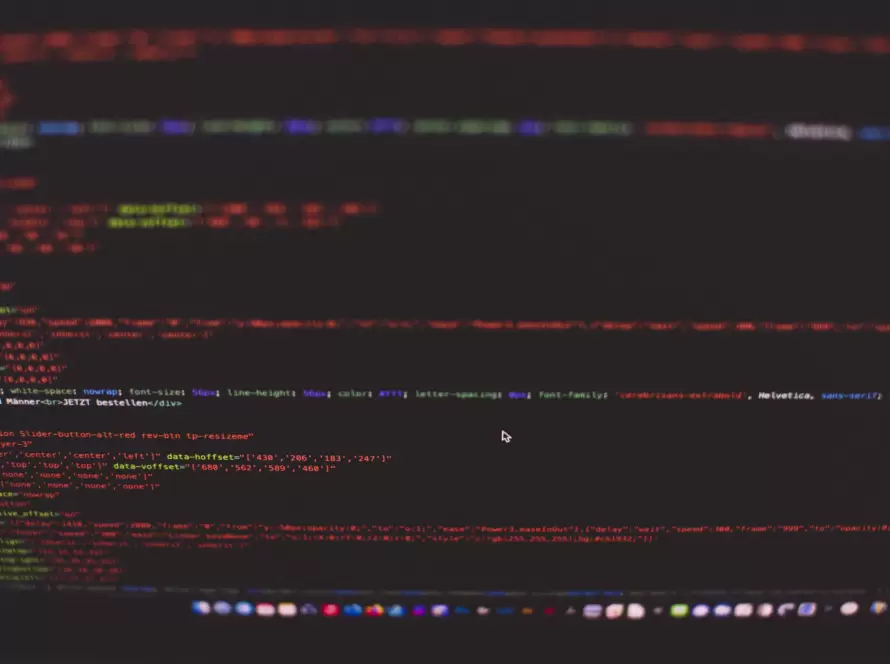Generated by Contentify AI

Key Takeaways
- CSS has evolved significantly over the years
- New features and improvements have been introduced in CSS over time
- CSS continues to play a crucial role in web development
In the fast-paced world of web development, one key player that has undergone a significant transformation over the years is CSS. With its humble beginnings in the late 1990s, Cascading Style Sheets (CSS) has evolved into a powerful and versatile tool that shapes the visual presentation of websites across the internet today. From its inception as a way to separate content from design, CSS has grown to become an essential language for front-end developers worldwide.
In the early days of CSS, designers faced limitations in terms of layout options and functionality. Basic styling properties such as font size, color, and background were among the few tools at their disposal. However, as the demand for more intricate and dynamic web designs increased, so did the capabilities of CSS. The introduction of CSS3 brought about a revolution in web styling, with features like border-radius, text-shadow, and animations enabling developers to create visually stunning websites with ease.
The present-day CSS landscape is a far cry from its origins, with modern frameworks like Bootstrap and Flexbox revolutionizing the way websites are designed and built. Responsive design has become a standard practice, thanks to CSS media queries that allow developers to create layouts that adapt seamlessly to different screen sizes and devices. As we look towards the future, the evolution of CSS shows no signs of slowing down, with new features like CSS Grid paving the way for even more complex and flexible designs. In a constantly changing digital world, CSS remains at the forefront of web development, continuing to shape the way we interact with and experience the internet.



